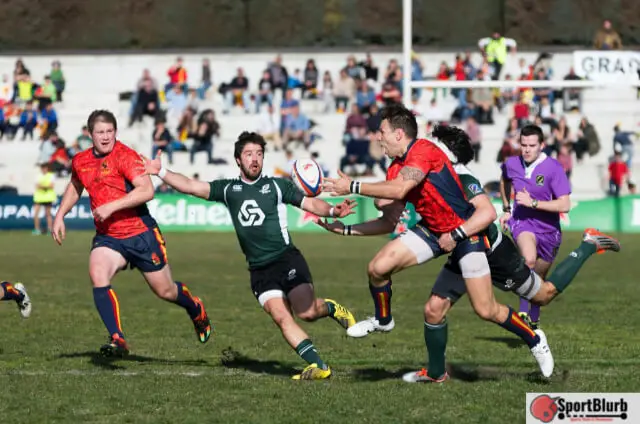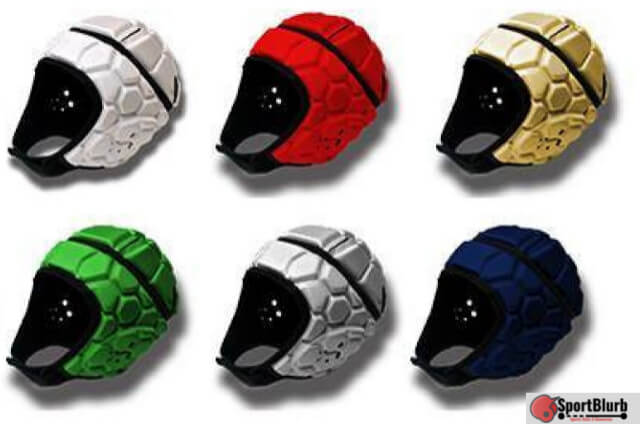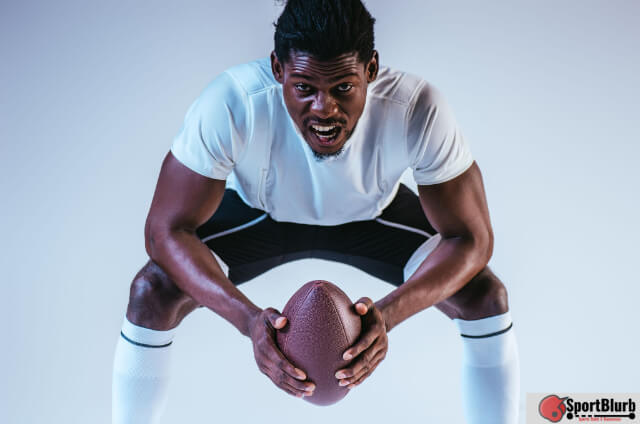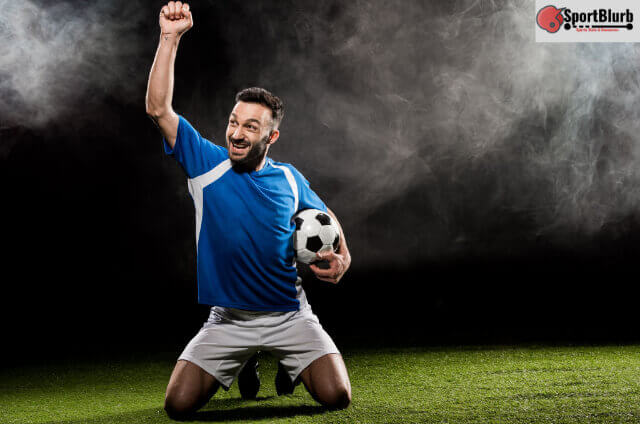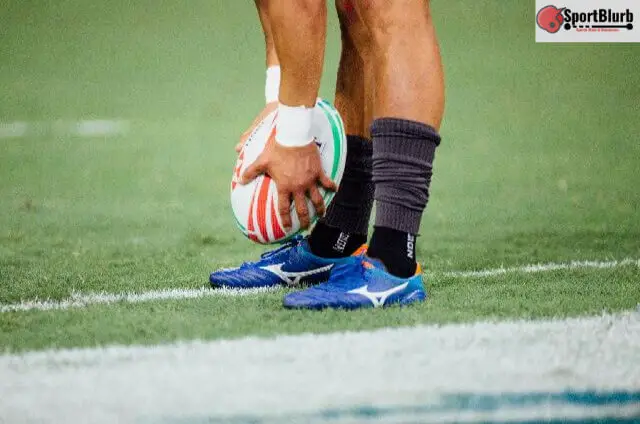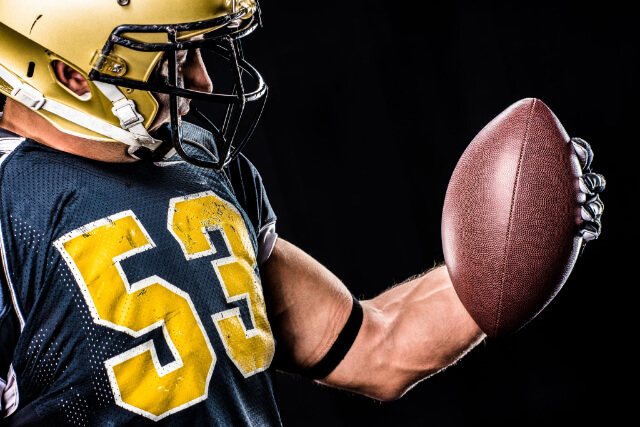Most Physically Demanding Sport (Explained!)
Boxing is the most physically demanding sport. It requires a high level of cardiovascular fitness, strength, speed, agility, and coordination. Boxers must also be able to withstand a lot of pain and punishment. What Is the Hardest Sport In the World? Boxing is a full-contact combat sport in which two opponents use their fists to … Read more

